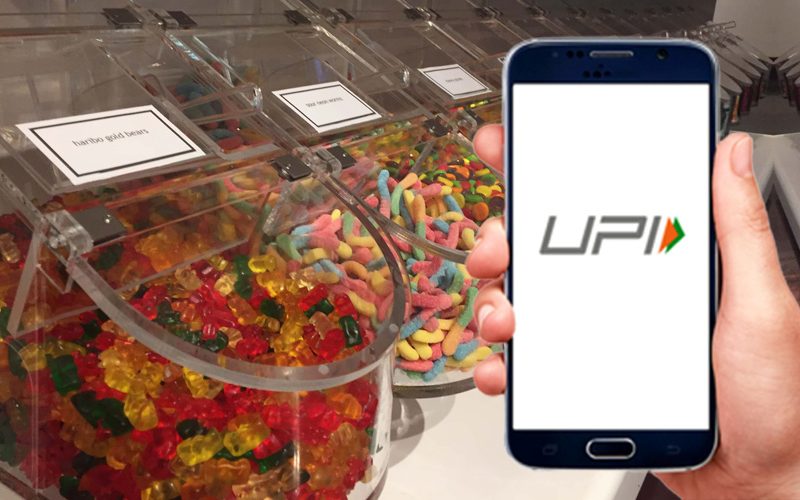Several M&As are thought to have taken place prior to the 1999 sale of Nissan to Renault.
Nissan Motor Co., Ltd. is a Japanese industrial conglomerate that produces vehicles under the Nissan and Datsun brands, including cars, trucks, and buses. Additionally, the business creates and manufactures items like machinery, boats for leisure, and communication satellites. Tokyo serves as the headquarters.
However, Nissan was having trouble by the late 1990s, so in 1999 it partnered with French automaker Renault. The collaboration was successful, and Nissan’s sales increased in the early twenty-first century, helped in part by sales of the brand’s well-liked electric cars. Here is a list of cmpanies that have sold their businesses before Nissan:
1.Polaroid
Polaroid, which was founded in 1937, is best known for its cameras and instant film products. Polaroid was unable to foresee the influence that digital cameras would have on its film business, despite its early success in dominating a market with few rivals. Polaroid fell victim to the “success trap” and failed to recognize the necessity of expanding its business and improving its long-term survival.
2.Pan Am
Since its establishment in 1927, Pan American World Airways (formerly known as Pan Am) has been the biggest international airline in the country. As the first airline to offer computerised reservation systems and jumbo jets, the business was renowned as an innovation in its field. A combination of poor corporate management, a disregard by the government for safeguarding its main international airline, and poor regulatory strategy is blamed for Pan Am’s demise. Pan Am declared bankruptcy in 1991.
3.Borders
Founded by two successful brothers while still in college, Borders was a global retailer of books and music. Border, a company with outlets all over the world but rising debt, was unable to adapt to the new business climate of digital and online books. Mistakes made by the company included taking on excessive debt, operating an excessive number of outlets, and entering the e-reader market too late.
4.Tower Records
Tower Records was a trailblazer in its era and the one who first developed the idea of the retail music mega-store. Tower Records, a retailer of CDs, DVDs, video games, electronic devices, accessories, and toys, was established in 1960 by Russell Solomon.
5.General Motors
After being one of the most important car manufacturers for more than 100 years, and one of the largest companies in the world, General Motors also resulted in one of history’s largest bankruptcies. Failure to innovate and blatantly ignoring competition were key to the company’s demise
6. Kodak
Kodak, once the largest film manufacturer in the world, was unable to keep up with the digital revolution out of concern that its strongest product lines would be harmed. A multitude of chances existed for the person in charge of designing, manufacturing, and marketing photography equipment for the business
7.Ringling Bros. and Barnum & Bailey Circus
The Ringling Bros. and Barnum & Bailey Circus performed for large crowds across the nation for almost 150 years. Since being acquired by Feld Entertainment in 1967, the circus has reportedly seen a 50% drop in attendance and has gradually lost its appeal
8.America Savings and Loans
The savings and loan crisis in the US took place in the 1980s and the 1990s, with America’s Savings and Loans resulting in the biggest cost to the government. It went bankrupt on September 9, 1988
9.Texaco
A subsidiary of Chevron, Texaco filed for bankruptcy back in 1987 which was the biggest bankruptcy for a long while in US history. Its total assets at the time of bankruptcy were 34.9 billion
10.Exxon and Mobil
The combination of Exxon and Mobil is the ideal illustration of a merger that works. Exxon and Mobil’s announcement of their intention to merge garnered media attention in 1998.
The prominent reason for the washout or selling-off of these companies or brands was due to the lack of Innovation shown by the firm as well the changes in the lifestyle of consumers which led to a decrease in the usage of the product offered by the firm.







